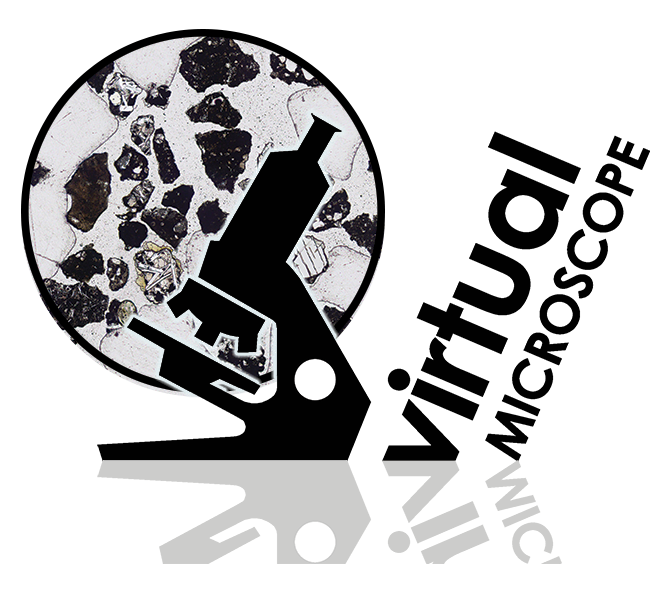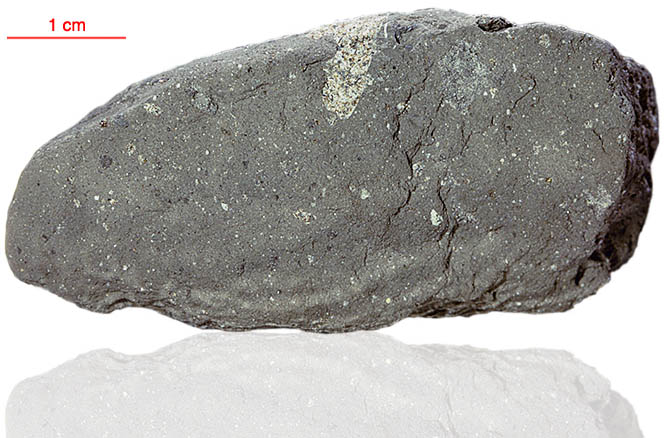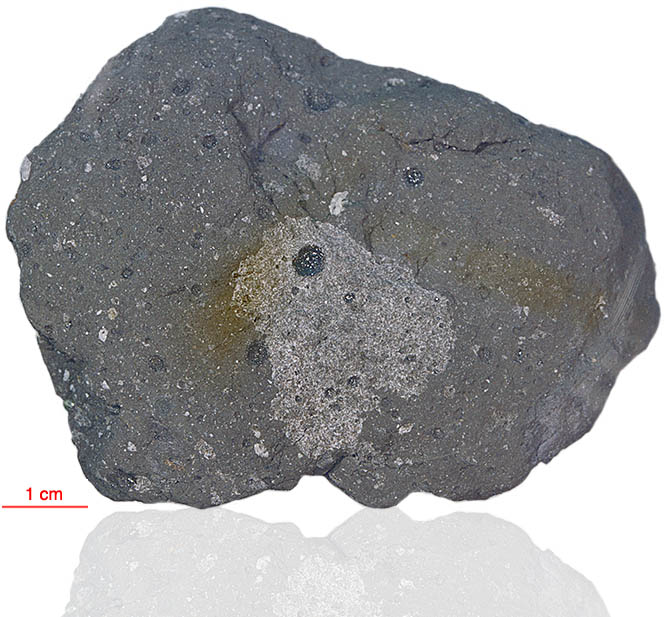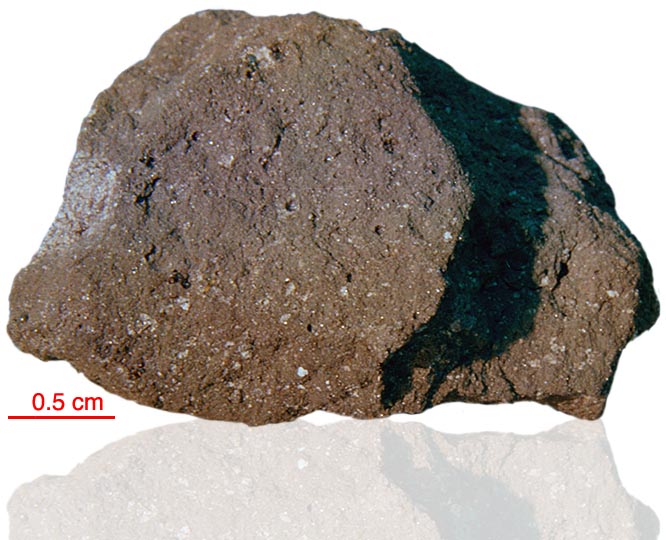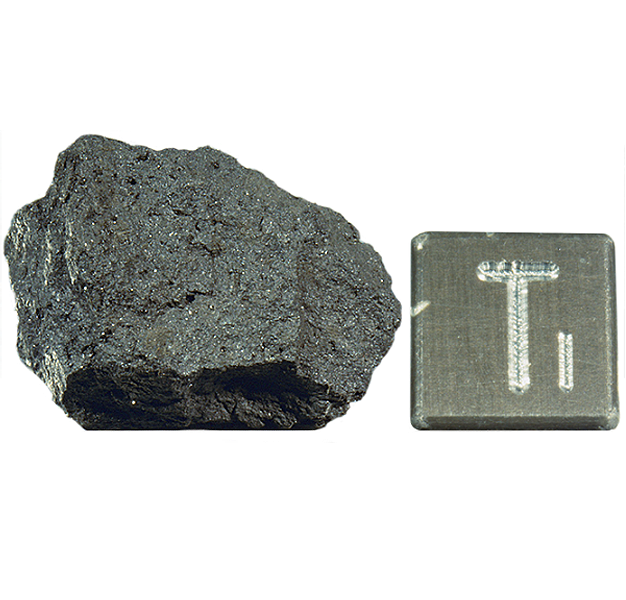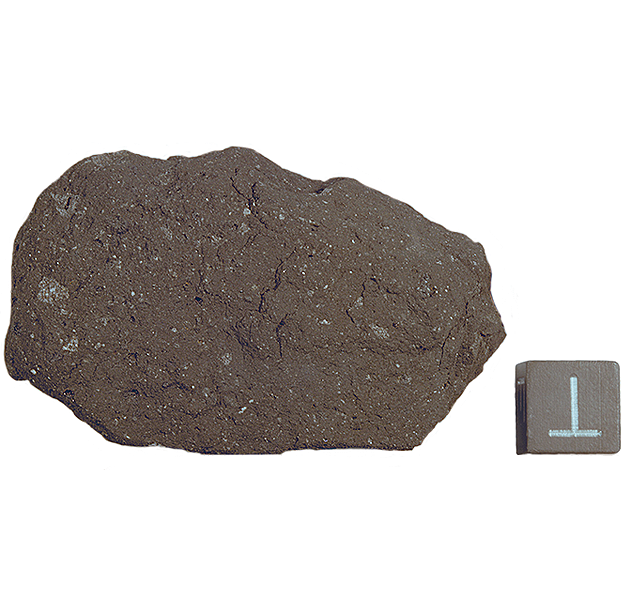
Fact sheet
Sample 10093 is a typical Apollo 11 regolith breccia. It is relatively coherent, with typical dark glass matrix and sparse lithic clasts. It has micrometeorite “zap” pits on the surface.
Detailed investigations reveal that 10093 contains: mare basalt fragments, lunar highland fragments (anorthosite), regolith breccia, agglutinates, clasts of pyroxene, olivine, plagioclase feldspar, ilmenite, orange glass and other glass, all cemented by a dark matrix (over half of the rock is matrix). A few grains of troilite (yellow) and metallic iron (silvery grey) are visible in reflected light.
Further details of this and other Apollo samples are here: http://curator.jsc.nasa.gov/lunar/
The Apollo 11 samples create an iconic collection since they were the first rocks collected by humankind that were returned to Earth from another solar system body. The Apollo 11 team collected and returned 22 kg of rock and soil samples.
Apollo 11 launched from Cape Kennedy on 16 July 1969. An estimated 530 million people watched Armstrong's televised image and heard his voice describe the event as he took "...one small step for a man, one giant leap for mankind" on 20 July 1969.

